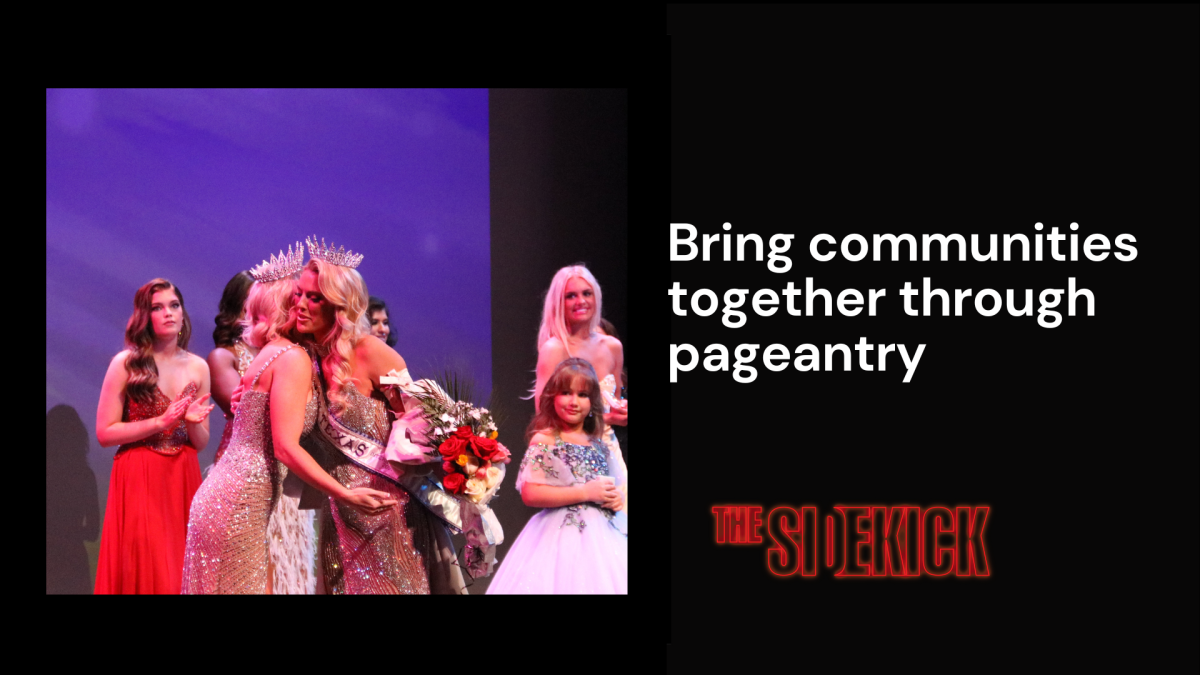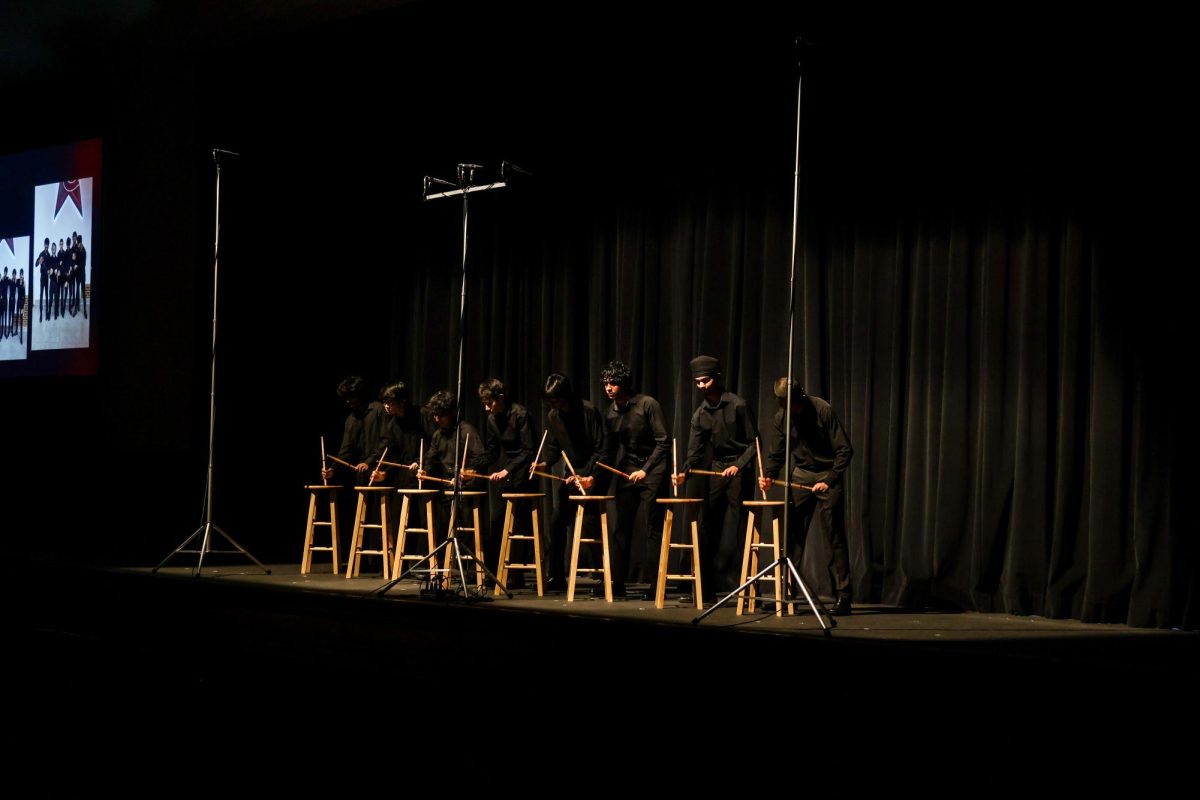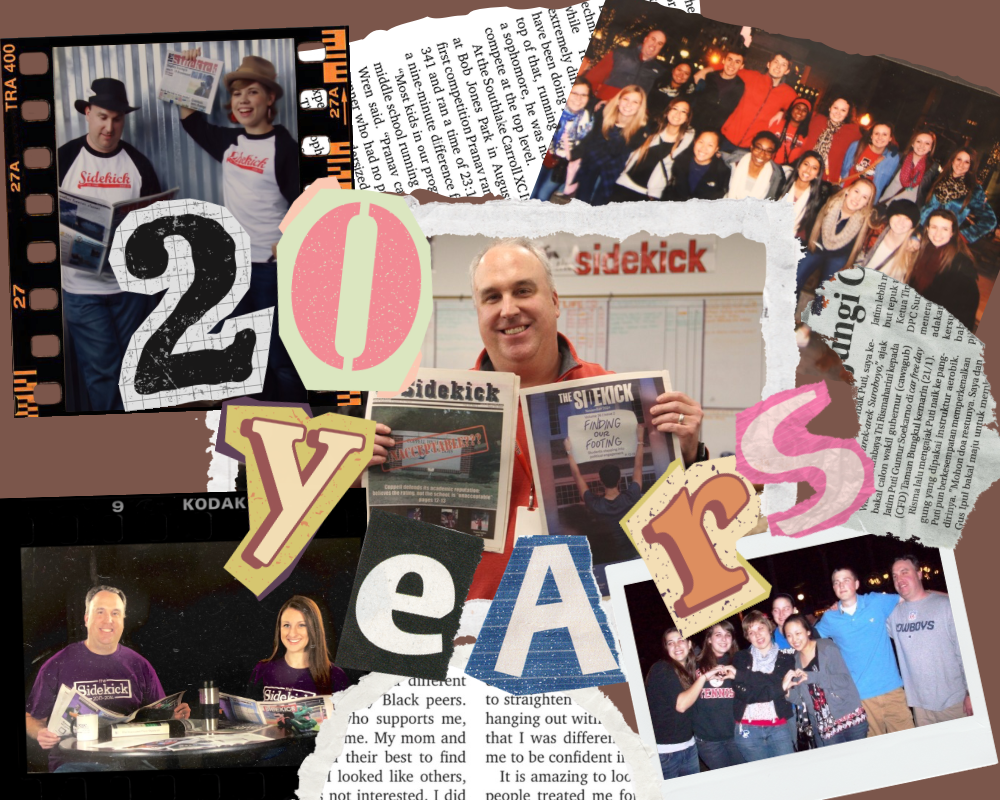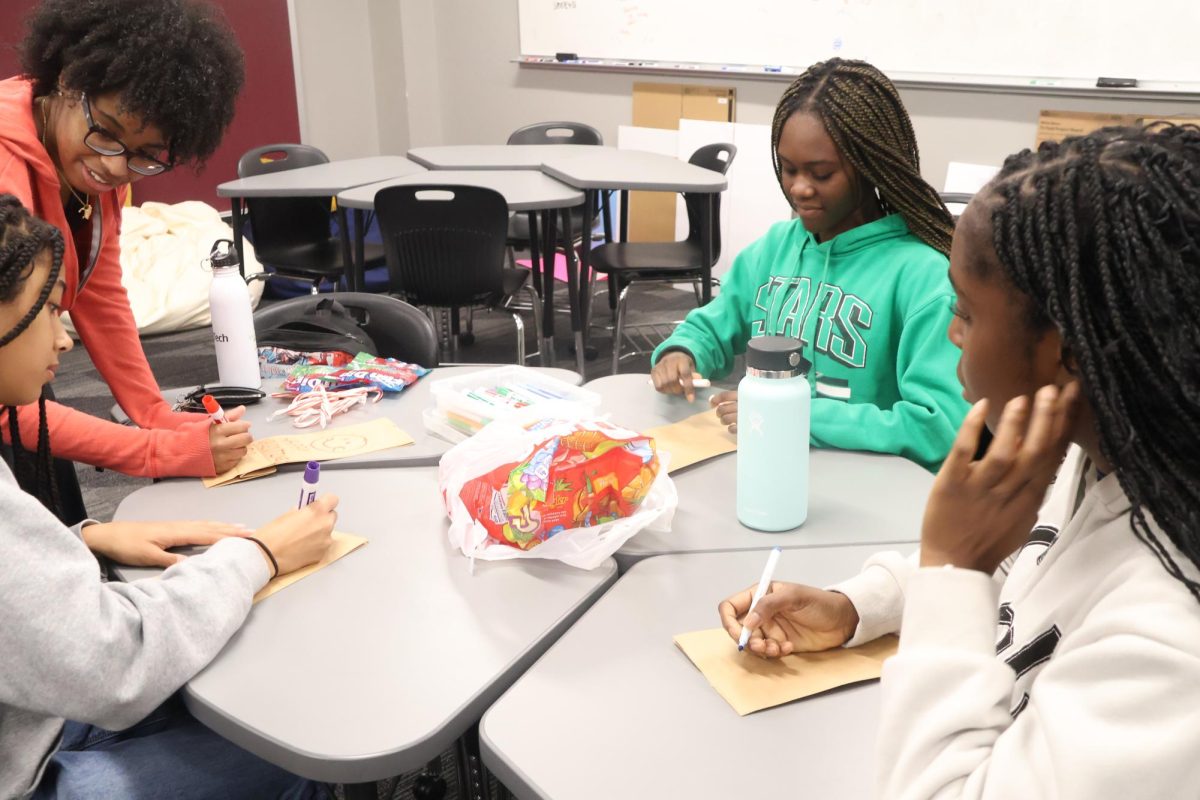By Mary Whitfill
Features Editor
The Hunger Games is not a children’s movie. Don’t take your kids to see it, don’t see it if you’re squeamish and don’t see it if you aren’t ready to ward off a physiological demon or two.
Do go see it if you are looking for an almost perfect adaption of a book that has won the hearts of young adults across the nation.
That’s right. Perfect. Well, almost. I would say the first Hunger Games movie is the closest thing to perfect I
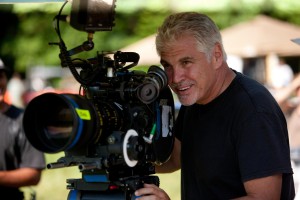
have seen in a long time. Director Gary Ross is able to put everything into perspective, and the casting is almost exactly what I pictured in my head when I read the first book so many years ago.
Based in a futuristic version of North America, the country of Panem is divided into 12 districts where hundreds of thousands of oppressed citizen’s reside. Following an uprising in which the districts rebelled in attempts to defeat ‘the Capitol,’ the country’s leadership has created a blood-thirsty event called The Hunger Games. In the games, one boy and one girl from each district, ages 12 to 17, are chosen at random to participate in a fight to the death shown on live television, a viewing mandatory for all citizen’s of Panem.
The story follows a young girl from district 12, Katniss Everdeen, who volunteered to take her twelve year-old sisters place in the games, and Peeta Mellark, the boy tribute from the same district. Guided by a drunken previous victor Haymitch Abernathy, the two tributes are forced to leave everything behind, including Katniss’ best friend Gale, to fight in the vicious game directed by head game-maker Seneca Crane. As the story progresses, the audience becomes more and more invested in each individual character, making it impossible to remain emotionally unattached.
While on the whole, I would give the movie one of the best ratings of any I have ever seen, it is easy to say why I feel this way: I have read the books. While I sit anxiously in the theaters waiting for The Capitol to do this and the characters to do that, I can’t help but realize that had I not read the books, this would seem like nothing but a bloodbath of innocent children.
District Twelve is desolate, The Capitol is disturbingly ignorant, Rue’s father is appropriately devastated and Seneca Crane sends a chill to the center of my spine that remains until his downfall. The settings are unbelievably true to the books, and the emotions felt by the characters are portrayed in a way only those with true talent could pull off.
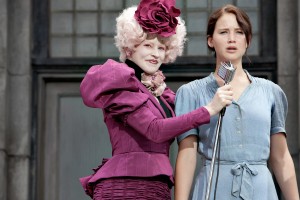
From Haymitch to Cinna to Katniss Everdeen herself, each actor does a stunning job of capturing each individual character. I want to hit Haymitch as much as I want to hug him, I want Cinna, Katniss’ stylist, to be my new best friend and I want Katniss on my side in a fight. I want to educate Effie Trinket, a mindless drone of the Capitol, I want to overthrow President Snow and I want to put Gale in a safe place an never let him leave. I am emotionally invested in The Hunger Games.
As a reader I understand the symbols of rebellion, the estranged relationship between Katniss and her mother and the way Katniss felt she owed a debt to everyone around her. As someone who stepped off the street, I see nothing but the souls being sucked out of 24 children and an ignorant body of people thinking it is acceptable entertainment.
For a book adaptation to be truly successful, it needs to capture the hearts of both dedicated fans and story-ignorant moviegoers alike. If I were a person who knows nothing of Katniss’ motherly personality, nothing of Gale’s damaged persona, and nothing of Peeta’s need for acceptance, I would think The Hunger Games is the most disturbing movie I had ever seen. Book adaptations need to be able to stand on their own. That is a true victory.
All in all, the first of the four-part movie series does a solid job of introducing the major characters and getting through the important plot points with no major hang-ups. While the movie is a non-stop fight-to-the-death film, it succeeds in being something much more interesting and much more necessary – a fascinating character drama that captures the core themes of the book.



